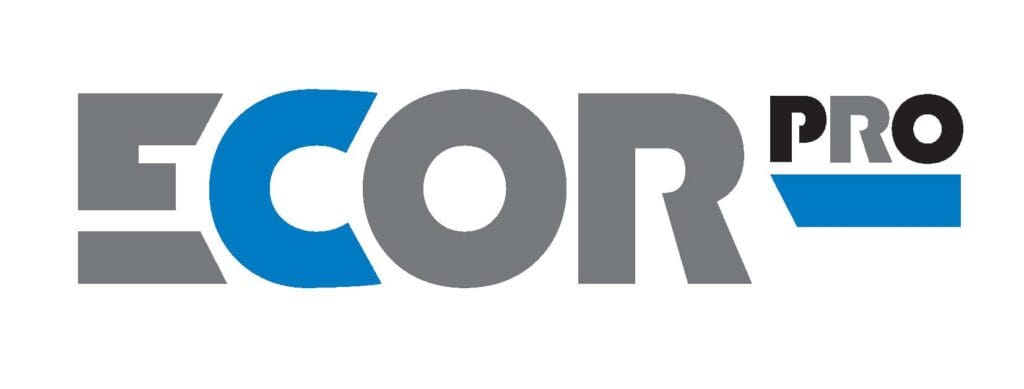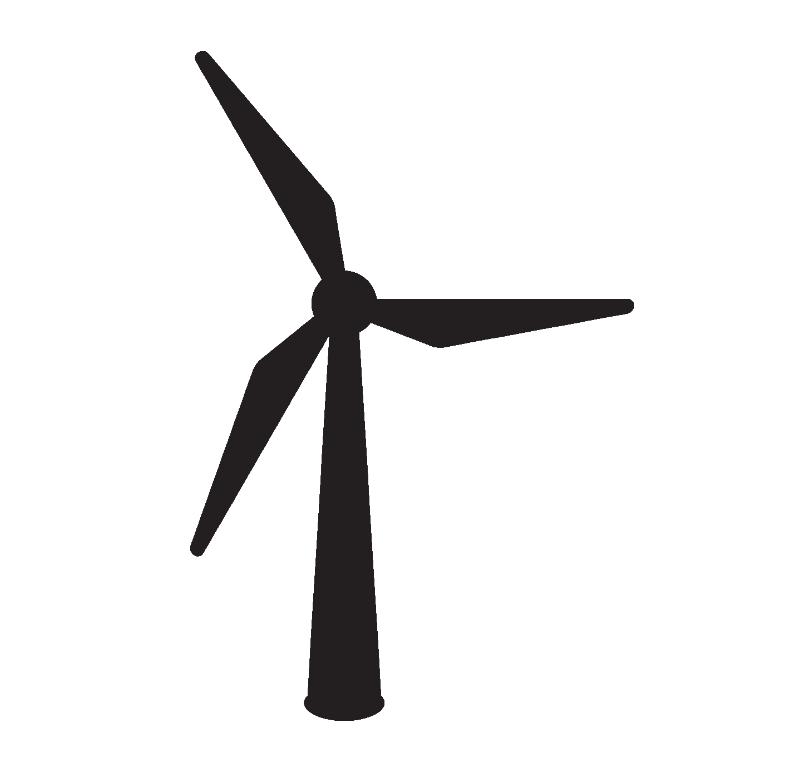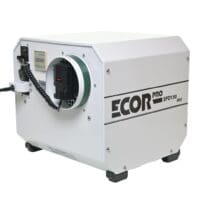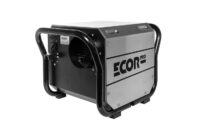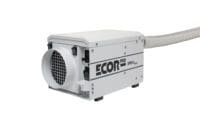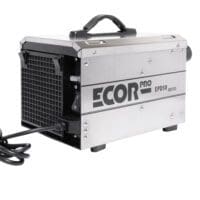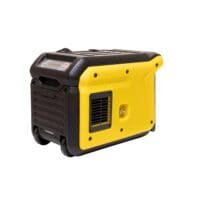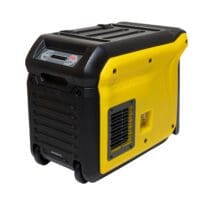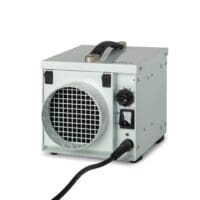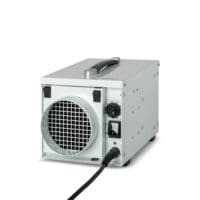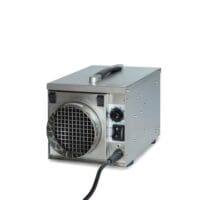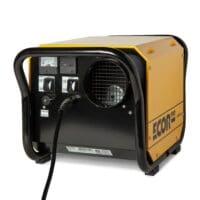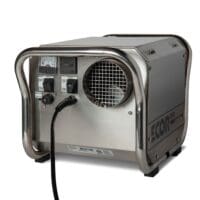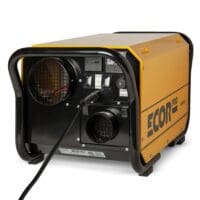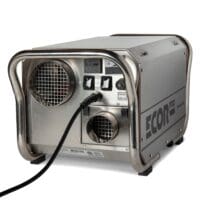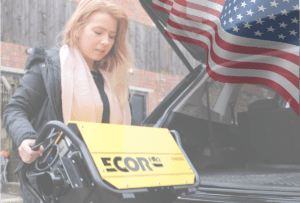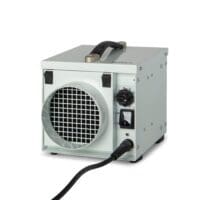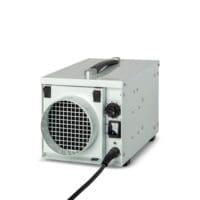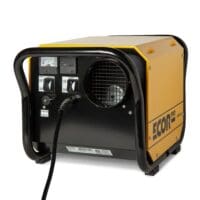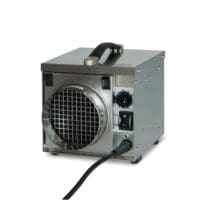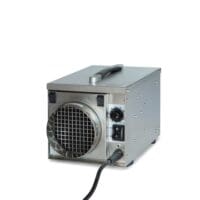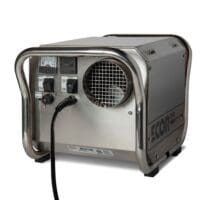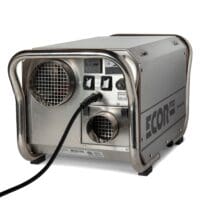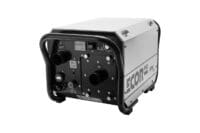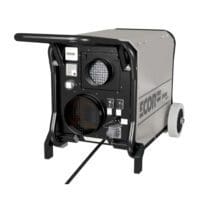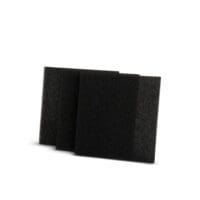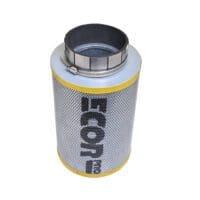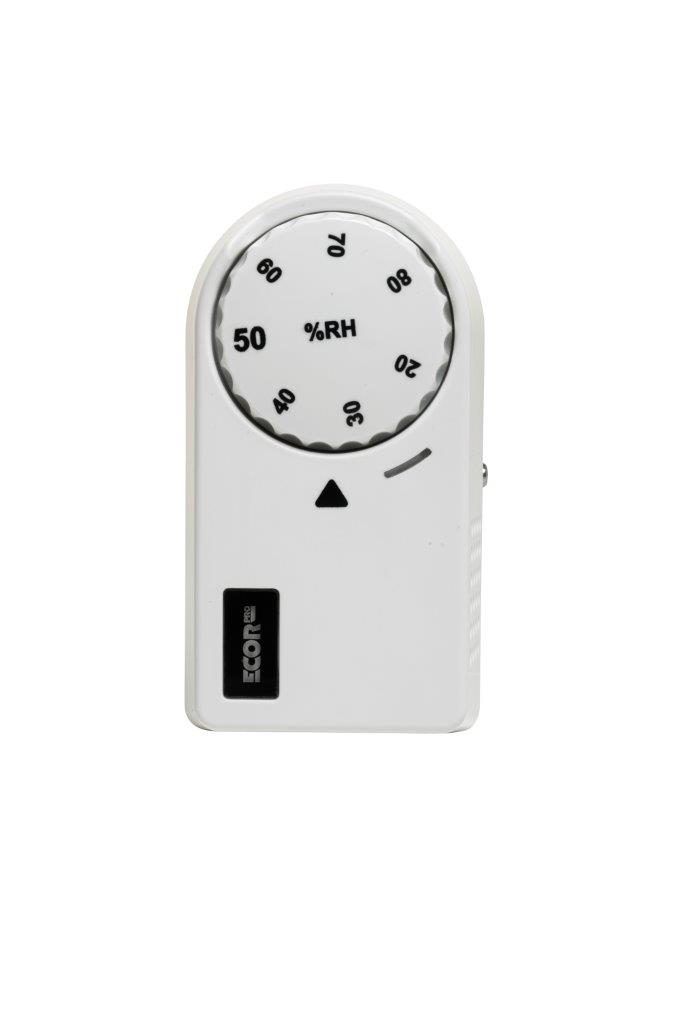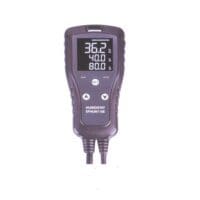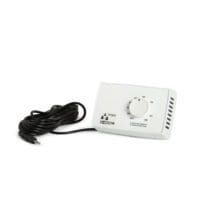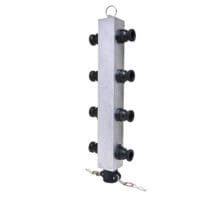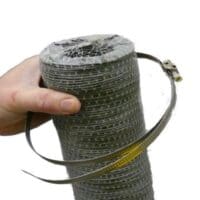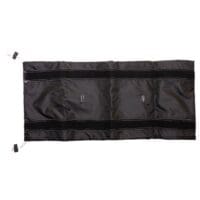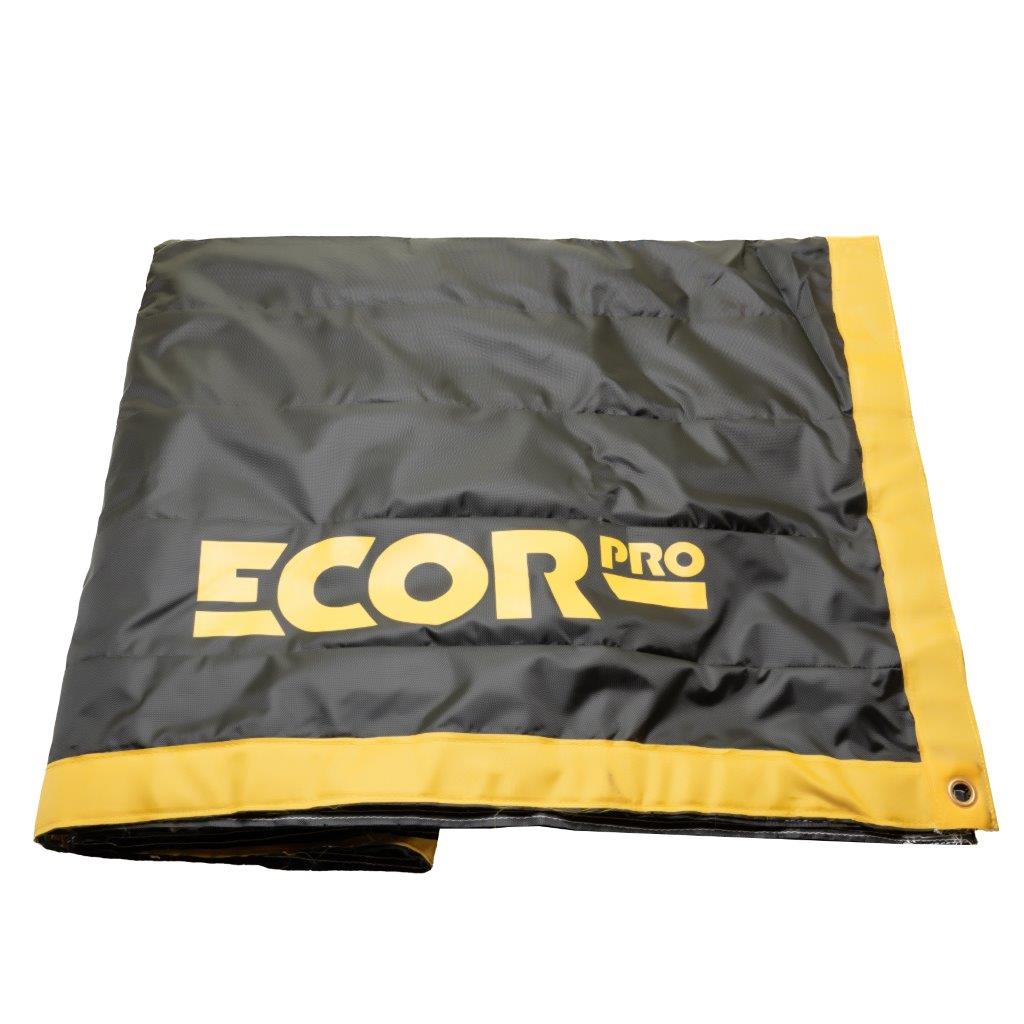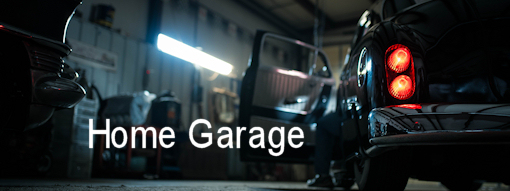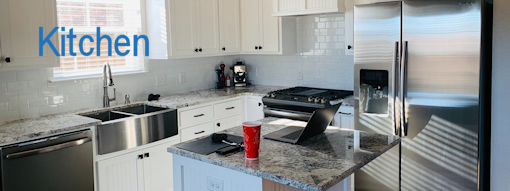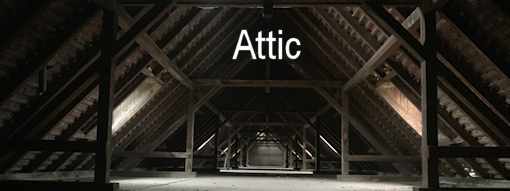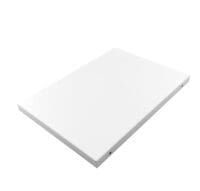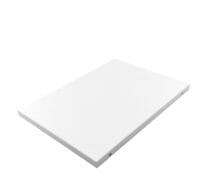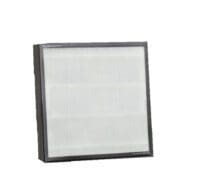Quiet Home Dehumidifiers Powered by DryFan Technology
Install in Attic, Basement, Bedroom, Vacation Home, Garage or RV. Perhaps the safest home dehumidifiers in the world.
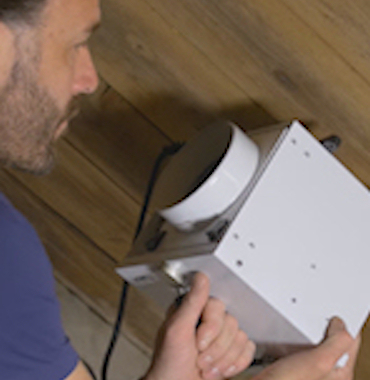
…Water can go upwards…
“PRO” versions are made with marine grade stainless steel
Boat Dehumidifiers EU Models
Boat Dehumidifiers EU Models
EPDF50-125 125mm Circular Flanges Front & Back for EPD50-MAX and EPD50-RESTO Models
Boat Dehumidifiers EU Models
EPDF50-90 90mm Circular Flanges Front & Back for EPD50-MAX and EPD50-RESTO Models
WiFi
EU Desiccant Dehumidifiers
EPD150-MAX WiFi DryFan Desiccant Dehumidifier for Home and Semi-Industrial Drying Applications
Boat Dehumidifiers EU Models
EPDF150-125 125mm Circular Flanges Front & Back for EPD150-MAX and EPD150-RESTO Models
WiFi
EU Desiccant Dehumidifiers
EPD150-RESTO DryFan WiFi Desiccant Dehumidifier with Control and Data Logging
WiFi
EU Desiccant Dehumidifiers
EPD50-MAX DryFan WiFi Desiccant Pro Dehumidifier for Home and Semi-Industrial Drying Applications
Boat Dehumidifiers EU Models
Boat Dehumidifiers EU Models
EPHUM-I-MAX Wifi Humidistat and Temperature Monitor for EPXXX RESTO and EPXXX MAX Models
Boat Dehumidifiers EU Models
EPHUM110E Humidistat for DH2500, DH3500, DH2511, DH3511, EPD150, EPD200
WiFi
EU Desiccant Dehumidifiers
EPD50-RESTO DryFan Desiccant Dehumidifier for Restoration Professionals Wifi App Enabled
Boat Dehumidifiers EU Models
Flexible Industrial Ducting 80mm / 3″ Diameter Length 3m / 9 ‘
Boat Dehumidifiers EU Models
Flexible Industrial Ducting 85mm / 3.5″ Diameter Length 6m / 18′ (Copy)
Boat Dehumidifiers EU Models
Flexible Industrial Ducting 85mm / 3.5″ Diameter Length 3m / 9′
Boat Dehumidifiers EU Models
Flexible Industrial Ducting 40mm / 1.5″ Diameter Length 1m / 3′ (Copy)
Boat Dehumidifiers EU Models
Flexible Industrial Ducting 82mm / 3″ Diameter Length 3m / 9′
USA / CA
Home Dehumidifiers EU & USA Models
USA / CA
Boat Dehumidifiers EU & USA Models
EPD30-PRO DryFan 30 Pt Stainless Steel Desiccant Dehumidifier
USA / CA
Home Dehumidifiers EU & USA Models
USA / CA
Home Dehumidifiers EU & USA Models
USA / CA
Home Dehumidifiers EU & USA Models
Boat Dehumidifiers EU Models
Flexible Industrial Ducting 80mm / 3″ Diameter Length 6m / 18′
Boat Dehumidifiers EU Models
Flexible Industrial Ducting 80mm / 3″ Diameter Length 3m / 9′
Boat Dehumidifiers EU Models
FILTERDH Filter Three Pack for DH25XX, DH35XX, EPD150, EPD200
Boat Dehumidifiers EU Models
Boat Dehumidifiers EU Models
Boat Dehumidifiers EU Models
Flexible Industrial Ducting 125mm / 5″ Diameter Length 6m / 18′
Boat Dehumidifiers EU Models
Flexible Industrial Ducting 125mm / 5″ Diameter Length 3m / 9′
Boat Dehumidifiers EU Models
Flexible Industrial Ducting 45mm / 1.5″ Diameter Length 2m / 6′
Boat Dehumidifiers EU Models
Flexible Industrial Ducting 45mm / 1.5″ Diameter Length 1m / 3′
Boat Dehumidifiers EU Models
Boat Dehumidifiers EU Models
Home Dehumidifiers EU
How to buy the best home dehumidifiers for your need?
Looking for the best dehumidifier to help tackle condensation, damp and mould the three main issues in the home?
If you’re noticing water stains on your walls or ceiling, condensation on your windows, mould spores lurking in your shower or a general musty smell, it's time to buy a dehumidifier.
Whether you need a refrigerant (compressor) or desiccant dehumidifier used to be dependent on application. The cost of commercial grade dehumidifiers used to be out of reach of the budget of most homeowners but not anymore.
Refrigerant Dehumidifier or Desiccant Dehumidifier?
Refrigeration technology has been around for the past 150 years while desiccant is a fairly modern at only 50 years with the first stand-alone dehumidifiers around only 30 years ago. The cost was largely prohibitive for most applications until the last 10 years when certain restrictions were lifted & the popularity of desiccants allowed the prices to drop to the point where they are more affordable for domestic and home applications.
Desiccants have been slower to catch on for another reason and that is how the models are compared on performance to compressor dehumidifiers. Moreover, what is their maximum performance and whether that is a true reflection of the different product’s ability to combat the moisture problems in the homes.
In the past 6 Years Ecor Pro has focussed all dehumidifier development on Desiccant dehumidifiers reflecting the importance we see in this technology going in to the future.
How big a unit will you need for the home?
A dehumidifier's size or capacity describes how many liters of water it's able to extract from the air each day, rather than its physical size or the capacity of its water tank (although dehumidifiers with a larger extraction rate are often larger and contain larger tanks). The best-sized dehumidifier for your needs depends on the size of the space you want to use it in. As a general rule, if you're looking for a dehumidifier to dry out your whole home, you'll need a model with a larger capacity.
The rule of Thumb of for compressor units is 1 liter of water extraction for every 10m2 of floor space (around 2 pints (0.95 l) of quoted maximum water extraction for every 100 sf).For a desiccant the rule is a little different as they extract water more evenly over different temperatures and do not rely on high temperatures. Therefore, realistically 1 liter of water extraction for every 20m2 (around 1 pint (0.47 l) of quoted maximum water extraction for every 100sft)
Larger units will be needed if the property is on one level not two, more people are in the dwelling than average and other considerations like home proximity to water or the coast. If the property has a conservatory or a large amount of glass in the dwelling the dehumidifier will often need to be larger than the rule of thumb.
Two or three dehumidifiers may be used in a single property. In fact multiple units are more effective often than a single unit or if ducting can be used to draw air in and circulate around the homes, It is harder to draw air from around a home to a single point dehumidifier.
Ecor Pro units can circulate air with turbo fans as a stand-alone dehumidifier but also can have ducting added to draw air in from difference areas in the space or home to dry air more effectively.
How Does a Refrigerant or Compressor Dehumidifiers Work?
A refrigerant Dehumidifier works in the same way as you would expect as the common refrigerator in the kitchen of the home. The home refrigerator has usually the back inner wall relatively cold and the outside black grill relatively warm. That cold back wall contains a cold refrigeration coil. The system transfers heat from inside to outside by the refrigerant gas powered by an electric compressor. Often this is a small dome shaped object at the back of the appliance.
This cool surface principle can be used as a condensing surface for moisture when used in a dehumidifier. Imagine no back wall in a home refrigerator just the warm and cold refrigeration coils next to each other. If air passed through the refrigerator from the door opening in such an imaginary refrigerator, the air would happen upon the cold refrigeration coil surface. As air touches the cold coil the air becomes denser and then may give up its moisture onto the cold coil. That moisture can be made to drip down the cold coil and collected underneath to be drained away to the outside or into a water container. As the air passes the cold coil and happens onto the warm coil it will be reheated. Leaving the warm coil the air is slightly warmer and dryer.
A big issue is the surface area of the coils. Air must pass through but as much of the air as possible must come in contact with the coils in order for the dehumidifier to be as efficient as possible. Not found on refrigerators as fins added to the coils to increase the surface area. On older style dehumidifiers there are no fins.
All Ecor Pro compressor dehumidifiers used finned coils.
Differences in Compressor in Refrigerant Dehumidifiers
In a home refrigerator the usual black domed compressor is called a “reciprocating compressor”. These refrigerator compressors are used in some older dehumidifiers. In more modern dehumidifiers “rotary compressors” are used. These rotary compressors are used in air conditioning systems mostly.
The reciprocating compressor works similar to a car engine and the up and down motion of the piston can be noisy. The internal piston noise makes a deeper sound that can be heard often through the home as a refrigerator can.
A rotary compressor uses a rotary piston. This generally is quieter and also tends to be smaller
All Ecor Pro units, that are compressor based, all use rotary compressors.
How Does a Desiccant or Absorption Dehumidifier Work?
Imagine a wheel made up of rolled corrugated cardboard. The flutes then run parallel to the axis of the wheel allowing a free flow of air and giving the wheel a high surface area. This is the shape of the sub straight that is then impregnated with Zeolite. A product that has a usual property. Zeolite absorbs moisture at normal temperatures even below freezing temperatures but gives up this moisture when heat is applied. By passing air from the room through the majority of the wheel along the flutes the air is dried and passed back to the room. To dry the wheel or “purge” the moisture which then is in the Zeolite on the wheel, part of the dried air around is turned back heated by an electric heater and passed back through a portion of the wheel. As the wheel turns slowly inside the dehumidifier, this creates a continuous drying system.
This heater in domestic units is “wire wound” as in most electric heaters. At time of failure the temperature of these heaters can exceed design parameters and become much hotter posing a fire risk. Other components can also fail.
The alternative is to use Positive temperature coefficient (PTC) heaters. A PTC heater is a self-regulating heater is an electrical heater which strives to keep a constant temperature regardless of how the ambient conditions changes. It is the material in the heater itself that regulates the temperature.
Ecor Pro uses only PTC heaters in their commercial grade desiccant units and even add temperature cut off both in domestic and commercial grade units for added safety.
How long does a dehumidifier last?
Large compressor dehumidifiers if not moved can last a long period with correct maintenance. The units may need topping with refrigeration gas at regular intervals by a qualified refrigeration engineer. This is typically every 2 years.
Smaller Domestic refrigerant units are susceptible to gas leaks as they are portable and pipes internally can crack as the dehumidifiers are transported. These cracked pipes leak the refrigerant gas and the repair of these domestic units is almost the cost of a replacement unit so is generally uneconomical.
Of course regular cleaning of air filters will both improve efficiency of any dehumidifier and also prolong the lifetime of any dehumidifier.
A desiccant or absorption unit will need the internal desiccant wheel replaced in a commercial grade dehumidifier around every four years (not possible in a domestic grade dehumidifier at reasonable cost). This will allow the dehumidifier to perform at the parameters originally it was designed to.
Often commercial desiccant dehumidifiers have their wheels cleaned periodically with compressed air which is easy to do to maintain efficiency.
What are the differences between commercial grade dehumidifiers & normal dehumidifiers for the Home?
Commercial grade dehumidifiers use superior components to those used in domestic grade. The commercial units are also designed in such a way that the products are easier to service the dehumidifier & to prolong the longevity of the dehumidifiers. Therefore, the lifetime of a commercial dehumidifier can be significantly longer than a domestic dehumidifier.
Of course the better build quality of the commercial grade means that they are more costly in at the time of the initial purchase but in the longer run they prove more cost effective.
Ecor Pro DH, EPD, D, LD & DSR ranges are all commercial grade dehumidifiers.
Differences between Refrigerant Dehumidifiers & Desiccant Dehumidifiers?
Refrigerant dehumidifiers wok best at higher room temperatures typically over 30 °C / 86 °F. Below that temperature extraction rate falls dramatically and will often be negligible below 10 °C / 50 °F and will even stop at 4 °C / 40 °F.
The reason all normal dehumidifiers not of commercial grade or those that collect water stop at this temperature is to prevent damage to the dehumidifier due to frost & ice damage.
A normal home desiccant dehumidifier also collects water and also will stop working at 4 °C / 40 °F as water is also collected. However, the extraction performance of desiccant dehumidifiers is less affected by temperature. They have less performance at high temperatures but much better performance at lower temperatures.
As a rule of thumb for the home, the quoted desiccant dehumidifier extraction rate should be multiplied by 2 to get the equivalent refrigerant dehumidifier.
e.g. 25 pint (ca. 12 l) desiccant dehumidifiers in normal use is equivalent to a 24 liter / 50 pint (ca. 24 l) refrigerant dehumidifiers.
Ecor Pro DH desiccant dehumidifiers don’t use water containers so are not affected by frost they work even in freezing conditions.
How much do dehumidifiers cost?
Dehumidifiers consume electricity at the cost of the supplier. The cost of running an appliance is directly related to the number of Watts consumed. However, the efficiency of the dehumidifier is the prime consideration.
A dehumidifier only regulates the humidity to the set point then will stop working by way of its humidistat setting. As the dehumidifiers stop working they will use only standby power which is typically only a few Watts of electricity and very little cost.
The power consumption of the dehumidifier should not be taken as absolute as to the cost of running the dehumidifier. After all the efficiency of the dehumidifier should also be considered as should the technology employed.
In term of energy efficiency a desiccant unit will use around the same amount of energy as a refrigerant dehumidifier in terms of the number of watts. However, in real terms, a desiccant dehumidifier will extract more water at normal temperatures.
The good news is, you probably don't need to worry too much about a dehumidifier adding enormously to your energy bills. A 350W dehumidifier, running for four hours at a time, twice a week, should cost around €30 / £27/ $35 a year to run. That said, some are much slower at extracting water from the air than others. This means you’ll have to use them for longer, which will increase the amount of energy you use.
Ecor Pro dehumidifiers mostly come to top in test as the most energy efficient dehumidifiers for extracting water.
Ecor pro experts in dehumidification for over 40 years
Whether its designing home dehumidifiers or commercial grade dehumidifiers, we have it covered.
Why is The Water Tank Small on Normal Domestic Dehumidifiers?
When you buy a dehumidifier, the water extraction quoted in the main is usually the maximum water extraction in 24 hours. This maximum will be a factor of the temperature the unit was tested in and the humidity of the air. Of course the maximum is taken at maximum temperature and maximum humidity to give the maximum quoted water extraction result. This maximum amount of water is often many times greater than the volume capacity of the water container inside the unit itself. This will be true of all types of technology of dehumidifiers. The water tank however is usually designed for the amount of water the dehumidifier will extract in a typical 24-hour period so is a good rule of thumb of actual performance.
Ecor Pro Toyotomi dehumidifiers use integral water containers. The other models use drain pipes or exhaust hoses. This means they do not need to be emptied of water saving time and more effective.
Do I need a special filter or ionizer?
Some brands of home dehumidifiers, including the Ecor Pro TDM80 have ionizers however the impact of such ionizers is minimal in dehumidifiers generally.
Specialized filters quoted by many brands are often ineffective. Too small to filter small particles needed to make an impact in general. The primary objective of the dehumidifier filter is to ensure the effective running of the internal workings of the dehumidifier itself.
All Ecor Pro filters should generally last the life of the dehumidifier with careful cleaning. The exception to this is the powerful LD800 dehumidifier that has a large “HEPA Type” filter inside.
The bigger the box the better the product?
Generally that is not true. Often bigger boxes have more space. The size of a dehumidifier has real disadvantages as they take up storage space when not being used and traditional dehumidifiers take up floor space when they are being used in the living areas.
Ecor Pro units are designed to work out of sight saving floor space, less obtrusive and give a positive feeling to the home’s air rather than also an unwelcome eyesore to look at while it works.
What is the difference between Domestic Grade & Commercial Grade?
There is often a note in the user manual of domestic or home dehumidifiers “Do not use unattended”. This is there because the dehumidifier was never designed to be used for long periods of time. With any appliance there is safety issue.
In the past 6 years, 6 million compressor dehumidifiers have had to be recalled from the US and European markets due to safety issues. Those safety issues were extreme enough to pose a fire risk. Generally a home dehumidifier is traditionally a plastic box with a compressor that itself heats or in a desiccant dehumidifier a heater element inside that of course heats. Both use mains electricity and both rely on many electric & electronic components to function in order for the dehumidifiers to remain safe. Should one of these components fail then the safety of the dehumidifier is compromised sometimes with grave consequences.
Ecor Pro dehumidifiers have triple safety. Even our PTC heater desiccant models have over heat protectors. Our desiccant traditional home models have triple safety above the norm and above most other suppliers. Ecor Pro still however recommends that for all day use, commercial grade models are used noted by the prefix in their part numbers of D, DH & LD.
Why do domestic units tend to have electronic controls and commercial manual controls?
Electronic controls are often cheaper to manufacture than manual controls these days. Manual controls however tend to be more reliable and more accurate over time. Electronic components are often affected by humidity and by their nature the appliance they are in is a humid environment. They are often affected by power surges also which can reset the controls.
Electronic controls also have a peculiarity. That is when the power supply is interrupted they will reset to a default position which is often in the “off” position. Commercial units are usually unaffected by power surges so continue working normally after surges and power outs. This is true for some areas and often areas that are working off the grid power supplies for instance.
All Ecor Pro commercial grade units have manual humidistat control.
Do I need a timer on my dehumidifier?
Generally you do not as the dehumidifier is regulated by the units' humidistat. Turning the dehumidifier off can mean humidity actually rises over time.
Summary of Desiccant & Refrigerant Dehumidifiers
Each type has its advantages. Refrigerant (or compressor) dehumidifiers. These work by creating a cold surface. When warm, damp air comes into contact with the cold surface, condensation forms and drips into the water tank. They're generally only effective in a heated room in the house because, if the temperature drops too low, the coils inside them can freeze over. Desiccant dehumidifiers use an absorbent material to extract water from the air, similar to a sponge. The desiccant is regenerated by an internal heater, and the moisture drips into the water condenser or in commercial units vented to the outside as hot vapor. Almost like clothes tumble dryer for the air.
Desiccant dehumidifiers will often work more effectively than refrigerant dehumidifiers in colder temperatures but are not limited only to colder temperatures. Ecor pro dehumidifiers have been used in tropical environments too. Refrigerant dehumidifiers work best at higher temperatures and higher humidities. The inside of a refrigerant dehumidifier needs to be colder than the air within the room — and the colder the room, the harder the dehumidifier has to work to create that cold surface. So, if you're looking for a dehumidifier for an unheated garage, conservatory or other out-building, you should generally opt for a desiccant.
The larger the capacity, the more expensive the dehumidifier — plus you'll pay more for extra features Cheap vs expensive dehumidifiers. If you’re already spending plenty on heating, having to fork out for a dehumidifier can feel like a kick in the teeth. So can you get away with a cheap one? There are a few factors to consider. The cheapest dehumidifiers usually have a smaller capacity.
Bear in mind that two dehumidifiers with the same capacity claims could vary enormously in performance. You should also bear in mind that manufacturer claims about capacity (water extraction rate) are often based on conditions you're unlikely to experience in your home for refrigerant models.
Here are some features to consider when shopping for a dehumidifier: Continuous drain facility such as Ecor Pro’s models. This will save you from emptying the water tank yourself, or prevent the machine from getting full and switching off if you're not around to empty it.
If it's likely to work below freezing then Ecor Pro desiccants are one of the few models that can do this feature. Others stop working just above freezing. Auto setting or in-built humidistat — This monitors moisture levels in the air and adjusts the dehumidifier to maintain the humidity level you’ve selected. This saves you from repeatedly turning your dehumidifier on and off as you would with a timer, as it automatically knows when it needs to work hardest.
Hanging clothes on a radiator or drying cloths indoors can cause more condensation. It is possible to make a drying cabinet with an Ecor Pro dehumidifier that will be more energy efficient and will leave your clothes softer than a normal clothes tumble dryer would, as it doesn’t use heat.
